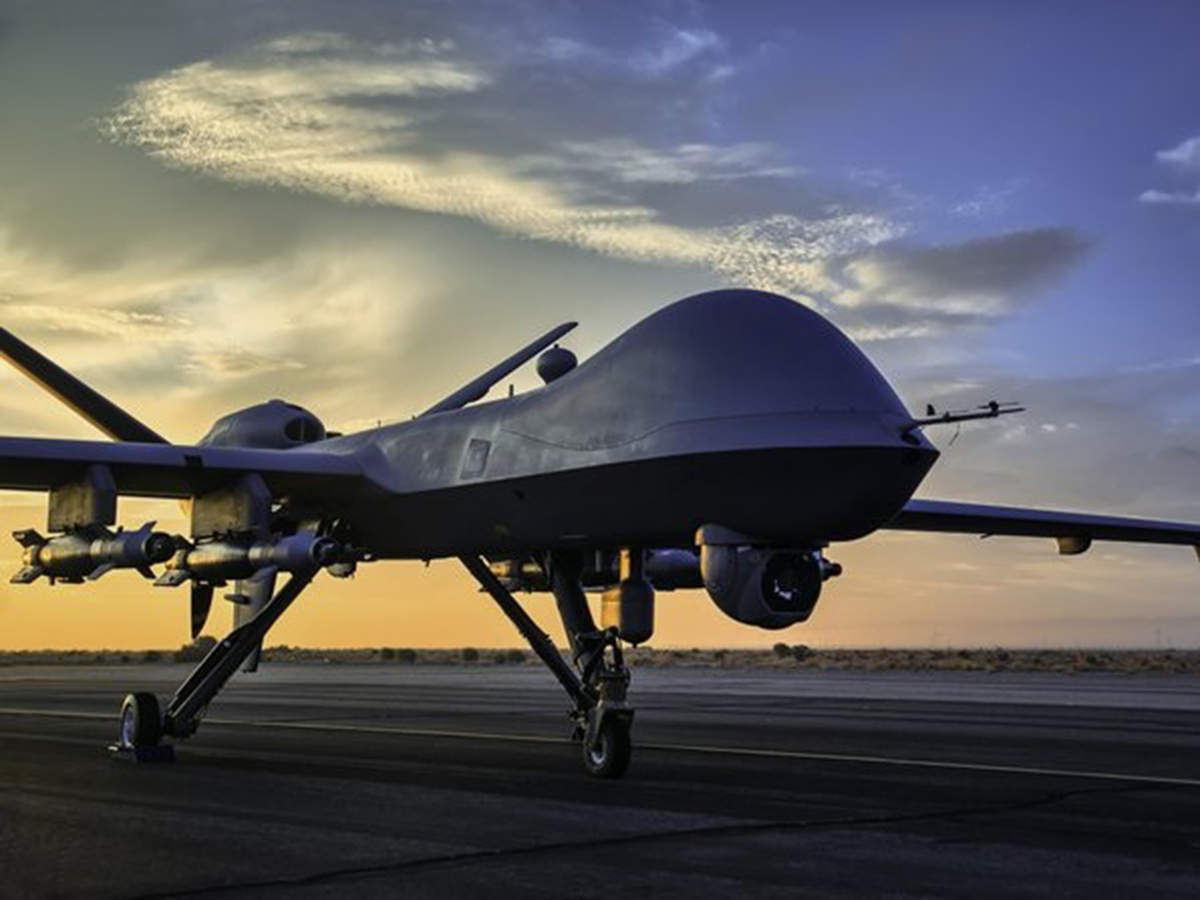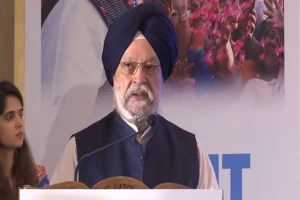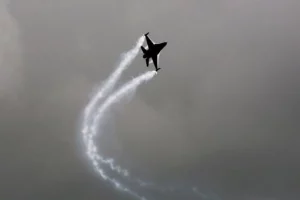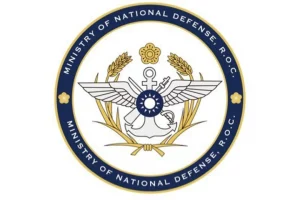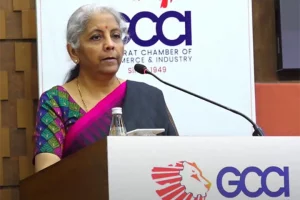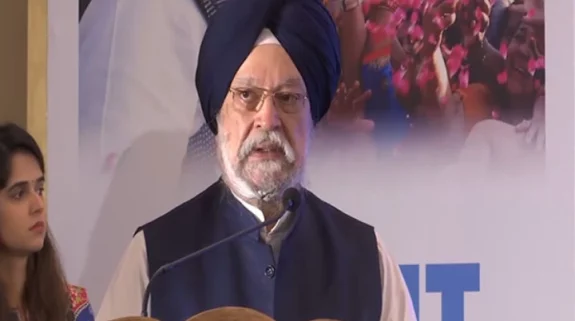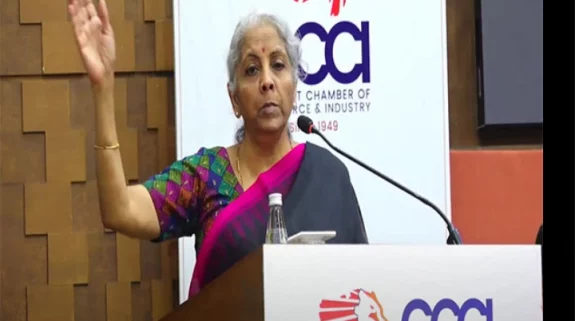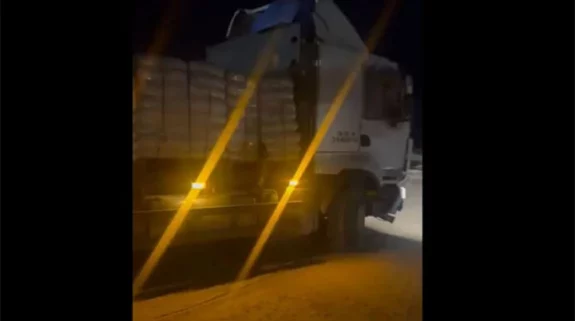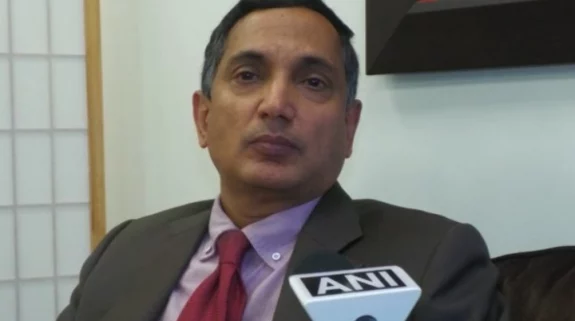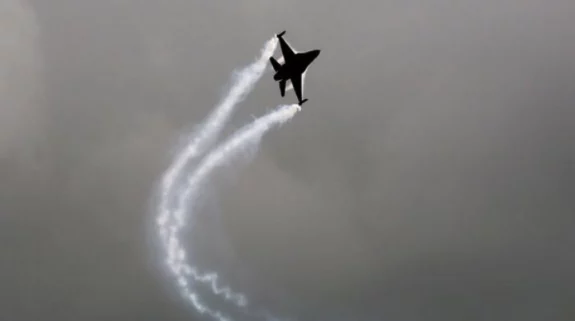Hope Indian military planners are watching carefully the developments in the Armenia-Azerbaijan conflict that ended recently. Hope they also took notes from the Turkey-Syrian conflict of February 2020. Two things were common to both these conflicts—the role of Turkey and the intelligent use of military drones with devastating efficiency.
In the latest conflict, Turkey supported Azerbaijan with modern and powerful drones—indigenously-made and some procured from Israel. It also provided quick training of just a few months to the Azerbaijani forces in the use of drones. In the earlier attack on Syrian towns in late February, to avenge the death of 33 Turkish troops by Syrian forces, Turkey's retaliation was swift, deadly and effective as it took over a number of Syrian cities in quick succession without much loss while inflicting severe losses on Syrian government forces. Again, Turkey made good use of its drones.
The Nagorno-Karabakh conflict is a remnant of the disintegration of the USSR. With a majority Armenian population the region has been a bone of contention between Armenia and Azerbaijan. Conflict has broken out between the two countries in the Caucasus with severe casualties of both civilians and troops on both sides. The Russians have intervened often with ceasefires but these have been violated often.
This time Azerbaijan prepared itself with considerable Turkish help in drone warfare, electronics warfare and smart bombs. The result was that the Armenian artillery and tanks were hit in large numbers. Not just these, even Armenian radar defence mechanism were unable to detect the drone attacks from Azerbaijan and these too completely collapsed. The Armenia-Azerbaijan conflict has ended with Armenia conceding defeat and Azerbaijan taking over the disputed territory of Nagorno-Karabakh.
This should have the Russians doubly worried. They had provided weapons to Armenia which, it seems, could not match the drone and electronics warfare unleashed by the Azerbaijanis. A similar situation had developed in Syria in late February after Turkish forces decided to attack Syrian President Bashar al-Assad's troops in Idlib and Aleppo.
The Turkish forces tasted success that even they could not have imagined. Their offensive was so effective that the Syrian forces simply fled the towns, providing an opportunity to the rebels to take over the towns.
Indian military planners will get enough lessons from these two conflicts and numerous worries as well.
One is that Pakistan has already been using drones to supply weapons and drugs into India. The second is that India current faces a determined and stubborn enemy in China on the Ladakh border. Lastly, Turkey has been raking up the Kashmir issue and supporting Pakistan. The trio of Turkey, Pakistan and China is coming close to each other with India as a common target.
In August 2019 India figured out that Pakistan was using drones to smuggle drugs as well as arms and ammunition into the Indian territory in Punjab. It was also using these drones to survey the Indian border. The BSF troops posted on the border have fired on the drones often. This year Indian forces found that the drones had been dropping weapons in Kashmir as well. The weapons included M16 rifles, AK 47, pistols and ammunition.
For Pakistan, shifting to drones is easy as India had stepped up surveillance along the border and there is fear of retaliation from India. The surgical strike in 2016 and the Balakot air strike in 2019 also proved to be deterrents for Islamabad. The drones that Pakistan is using are made in China; these are inexpensive and versatile.
India’s western neighbor is procuring not just armed drones but also unmanned aerial vehicles (UAV). What does Pakistan plan to do with these? It is deploying these at the Line of Control (LOC) along the Kashmir border. These flying machines can be used for surveillance, stealth attacks and for delivery of weapons, most of which Pakistan is already doing. China is also supplying the drones to Pakistan to provide security for its China Pakistan Economic Corridor (CPEC) as well as its considerable investments in Gwadar in Balochistan, where an insurgency is raging against Pakistan.
It can be assumed that if Pakistan wants more and better drones, it can even acquire them from Turkey. The Turkish Bayraktar drones are battle hardened and Azerbaijan has been releasing videos of its battles from Nagorno-Karabakh which show clearly that it had total advantage over Armenian forces.
For India, it is time to sit up and learn from these two conflicts.
The battle for Nagorno-Karabakh was fought entirely on artificial intelligence warfare and so was the Turkish Syrian one at the beginning of this year. Drones made the day for Azerbaijan and for Turkey.
India faces two expansionist and hostile neighbors, both of who wear their belligerence for India on their sleeves. Both have attacked India numerous times. Ironically, both want the same Indian territory and both have the same drones






